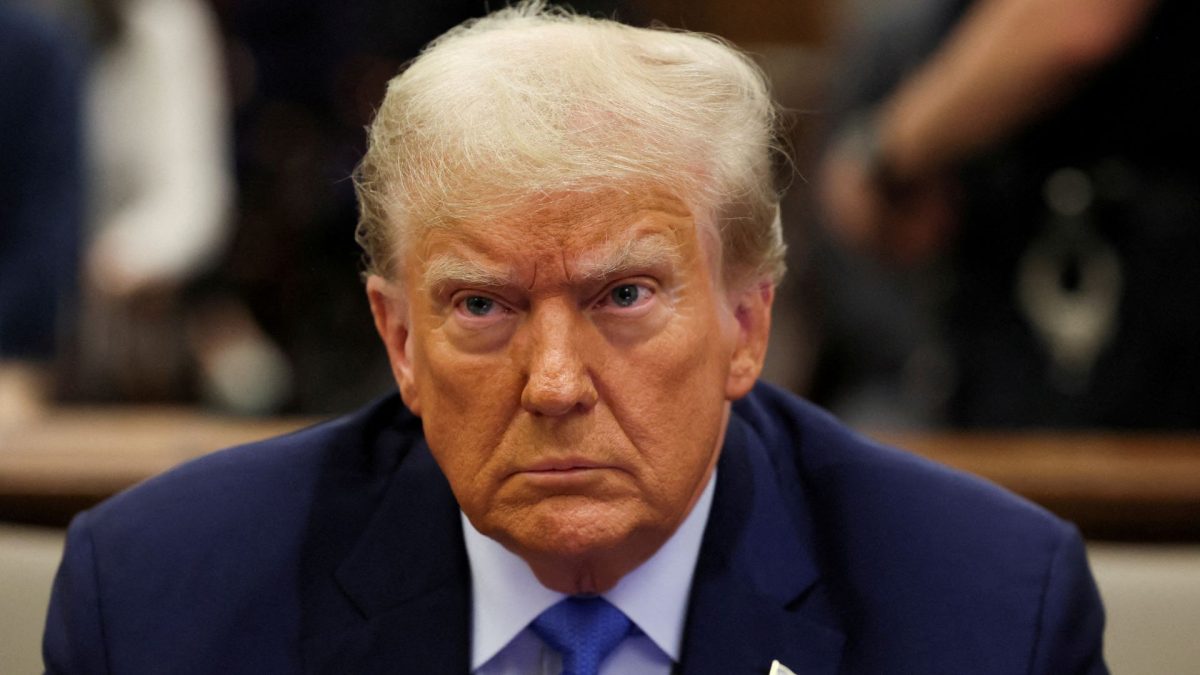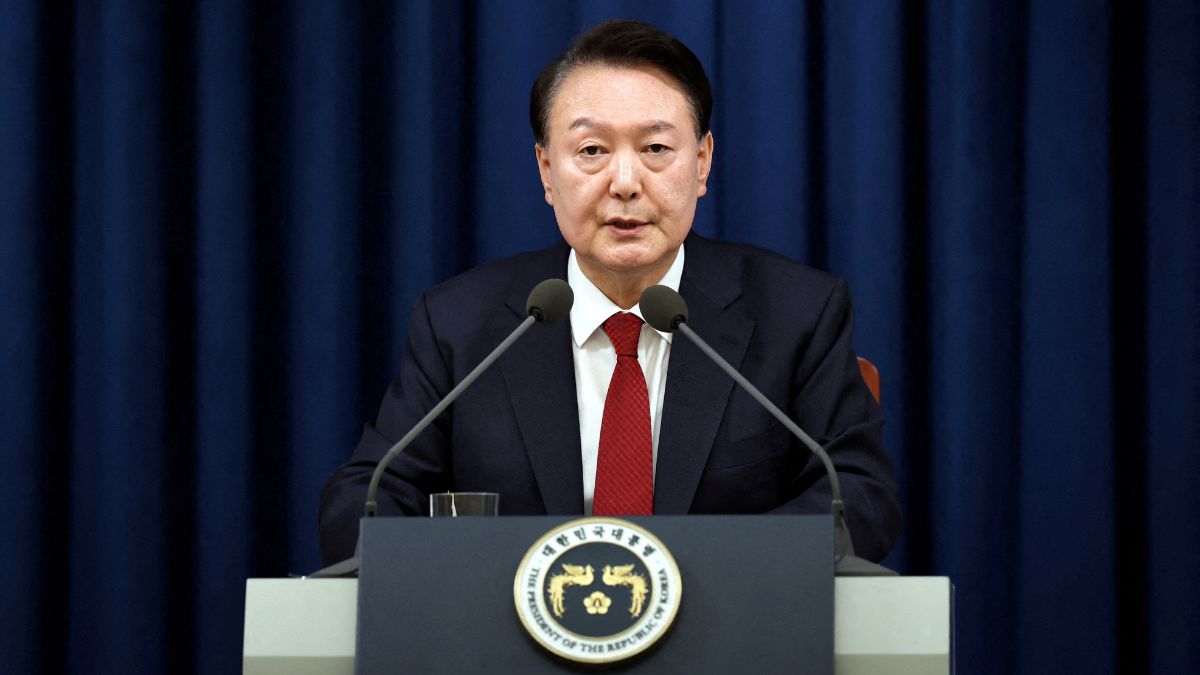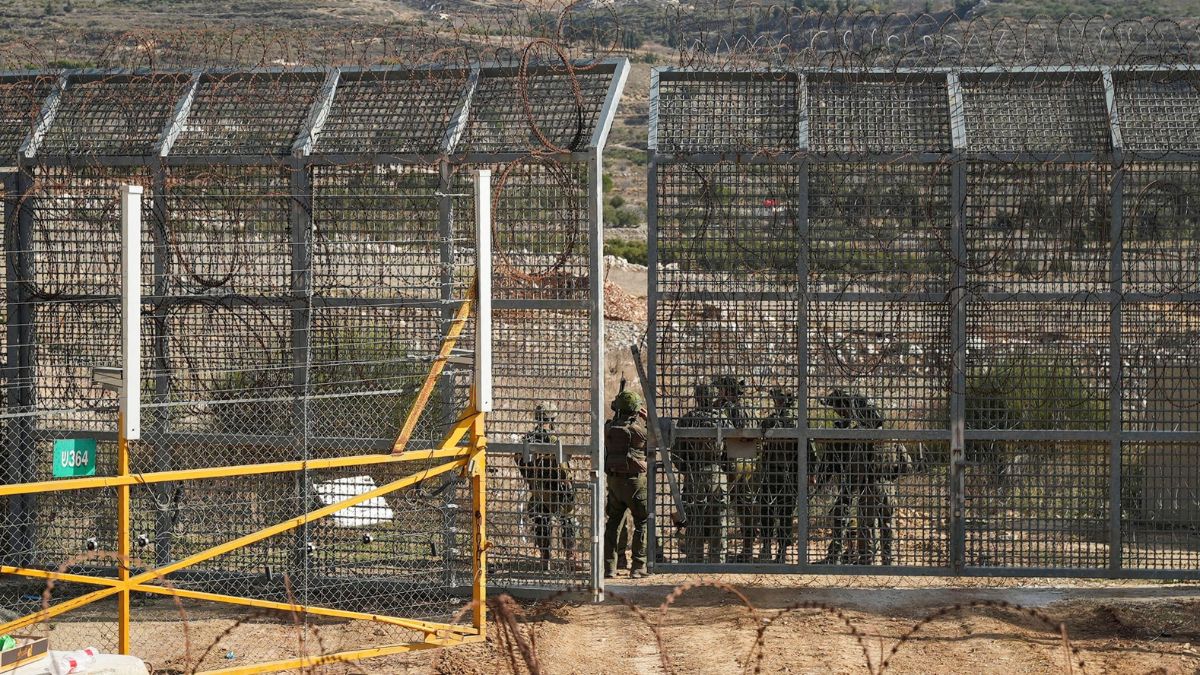Donald Trump will return to the White House in January.
Trump, who will return as the 47th President of the United States, was the clear choice for voters concerned about the economy and inflation.
As Bill Clinton’s strategist James Carville said in 1992, US presidential elections are all about “the economy, stupid.”
But for those who voted for Trump – citing inflation and claiming they are worse off financially than they were four years ago – might be in for an unpleasant surprise.
Because Trump’s return to power could make America a far costlier place to live.
But what has Trump promised to do once he returns? And what do experts say?
Let’s take a closer look:
What has Trump promised to do?
Trump, the Republican who beat Democratic Vice President Kamala Harris in Tuesday’s presidential election, will inherit an economy that under Democratic President Joe Biden has recently outperformed the rest of the developed world by a hefty margin.
America has managed to dodge a widely predicted recession even as the Federal Reserve lifted interest rates aggressively to rein in the worst inflation since the 1980s.
However, Trump campaigned on promises to fix what he sees as an ailing economy.
As per CBS, he vowed to bring the “inflation nightmare” to an end and reduce prices “very quickly.”
He vowed to reduce taxes for senior citizens and homeowners as well as corporates.
Trump wants to extend all of his 2017 tax cuts that are due to expire after 2025, but during the campaign he has added calls for hefty new breaks, including exempting payments from the Social Security retirement program, tips and overtime income from taxation.
He also vowed to impose tariffs on goods from China and to launch an immigration crackdown on millions of undocumented immigrants.
Trump aims to kick the aggressive trade agenda from his first term into higher gear with across-the-board 10 per cent tariffs on imported goods and even higher levies on imports from China.
As per CNN, the tariffs are currently imposed on imported goods at an average of two per cent.
Trump has said he could impose a tariff of at least 60 per cent on Chinese goods.
He has also proposed a 100 or 200 per cent tariff on cars made in Mexico or on the products made by companies that have relocated there.
The duties, if fully imposed, would raise effective average US tariff levels to 17.7 per cent, the highest since 1934, according to the conservative-leaning Tax Foundation, trigger a one-time upward resetting of consumer goods prices, and likely prompt retaliatory duties from trading partners around the world.
His plans to restrict immigration, with a potential for mass deportations of migrants already in the U.S., would cut into the main driver of labor force growth in recent years and could mean job creation slows as well, with fewer new entrants to the employment market. That could also reaccelerate wage growth as employers compete to fill jobs from a more limited labor pool.
The combination of heftier deficit spending, restrictive trade and immigration policies and the boost to demand from tax cuts risks a rekindling of inflation that is currently on course to return to the Fed’s 2 per cent annual target within the next year.
Oxford Economics’ models, for instance, suggest inflation could run between two-tenths and three-tenths of a percentage point above their baseline forecast, and that could mean a more limited run of interest rate cuts by the Fed.
As per CNN, Trump following through on his promises is likely to send inflation soaring.
Economists say such policies are likely to lead to faster economic growth and a tighter labour market that, along with the higher import costs, would put upward pressure on prices.
With no proposed offsetting revenues other than tariffs, the federal deficit is expected to mushroom. Trump’s 10-year deficit increase forecasts range from $3 trillion for the conservative Tax Foundation to $7 trillion for the Penn-Wharton Budget Model.
Should Congress come on board with his fiscal agenda, economists at Oxford Economics see gross domestic product growth accelerating in 2026 and 2027 before slowing sharply near the end of Trump’s second term.
What do experts say?
They say Trump’s sweeping global tariff proposals and looser fiscal policy - if implemented - are widely expected to rekindle consumer price rises.
“The devil will be in the details,” Ed Mills, Washington policy analyst at investment bank Raymond James, told CBS MoneyWatch. “The Trump tax, trade, tariff and immigration agenda could have significant economic impacts and raise concerns about a second wave of inflation.”
Antonio Fatás, an economics professor at INSEAD, a business school headquartered in France, told CNN the result of Trump’s policies would “likely lead to a substantial decrease” in US economic output and “a large increase in inflation.”
Susannah Streeter, head of money and markets at investment platform Hargreaves Lansdown, agreed.
“Investors are bracing for tariffs… which will push up the price of imported goods for American shoppers,” she told CNN. Trump’s “vow to kick out immigrants with waves of deportations could also have economic ramifications, potentially pushing up wage bills for companies.”
“A blanket 10-20 per cent implementation of tariffs on all trading partners by a Trump administration and a minimum of 60 per cent import tariffs on China would likely be inflationary, both on producer prices and on consumer prices,” said Zehrid Osmani, portfolio manager at Franklin Templeton’s Martin Currie unit.
Experts say Trump’s tariffs will increase inflation and hurt fixed income.
“These election results will be really bad for fixed income and can unwind a lot of the bullishness in fixed income. Trump keeps openly telling people that he will increase tariffs not just on China but with every trade partner. We’re talking 10 per cent tariffs across all global partners," Andrzej Skiba, Head of Bluebay US Fixed Income, RBC Global Asset Management told Reuters.
“This is a big deal because this could add 1 per cent to inflation. If you add 1 per cent to next year’s inflation numbers, we should say bye to rate cuts. With higher tariffs, the Fed will not be in a position to cut rates even if the economy is slowing down- and that is a toxic mix for fixed income.”
What’s more, Trump’s draconian anti-immigration stance could add more fuel to prices by tightening labor markets once more and spurring wages.
“The most inflationary aspect of Trump’s program is his desire to withdraw millions of immigrant workers from the job market, which is already under pressure,” said Edmond de Rothschild AM’s Michael Nizard.
Given the potentially dire political consequences of aggravating inflation, might Trump’s re-flationary agenda be tempered once reality sets in for the new administration?
Some think that may just be what will happen and are cautioning financial markets to cool their engines for now.
“There is the potential for Trump to not walk the talk,” said Martin Currie’s Osmani.
And Eurizon SLJ’s Stephen Jen also doubts we’ll see much of the Trump tariff plans, given the impact on “the single-biggest complaint the voters have”.
“If inflation has proven to be so politically poisonous, why would Trump knowingly repeat the exact same mistakes he is accusing the Biden administration of having committed?” Jen wrote on election eve. “It makes zero sense to me.”
Trump 1.0 has a track record on that, however, even if the broader economic backdrop in 2016-2020 was very different from what we’re seeing today.
Whatever eventually happens, inflation has proven itself to be an uncomfortable political bedfellow - and politicians home and abroad may now be far more cautious about re-awakening it.
With inputs from agencies
Get all the latest updates of US Elections 2024


)
)
)
)
)
)
)
)
)



